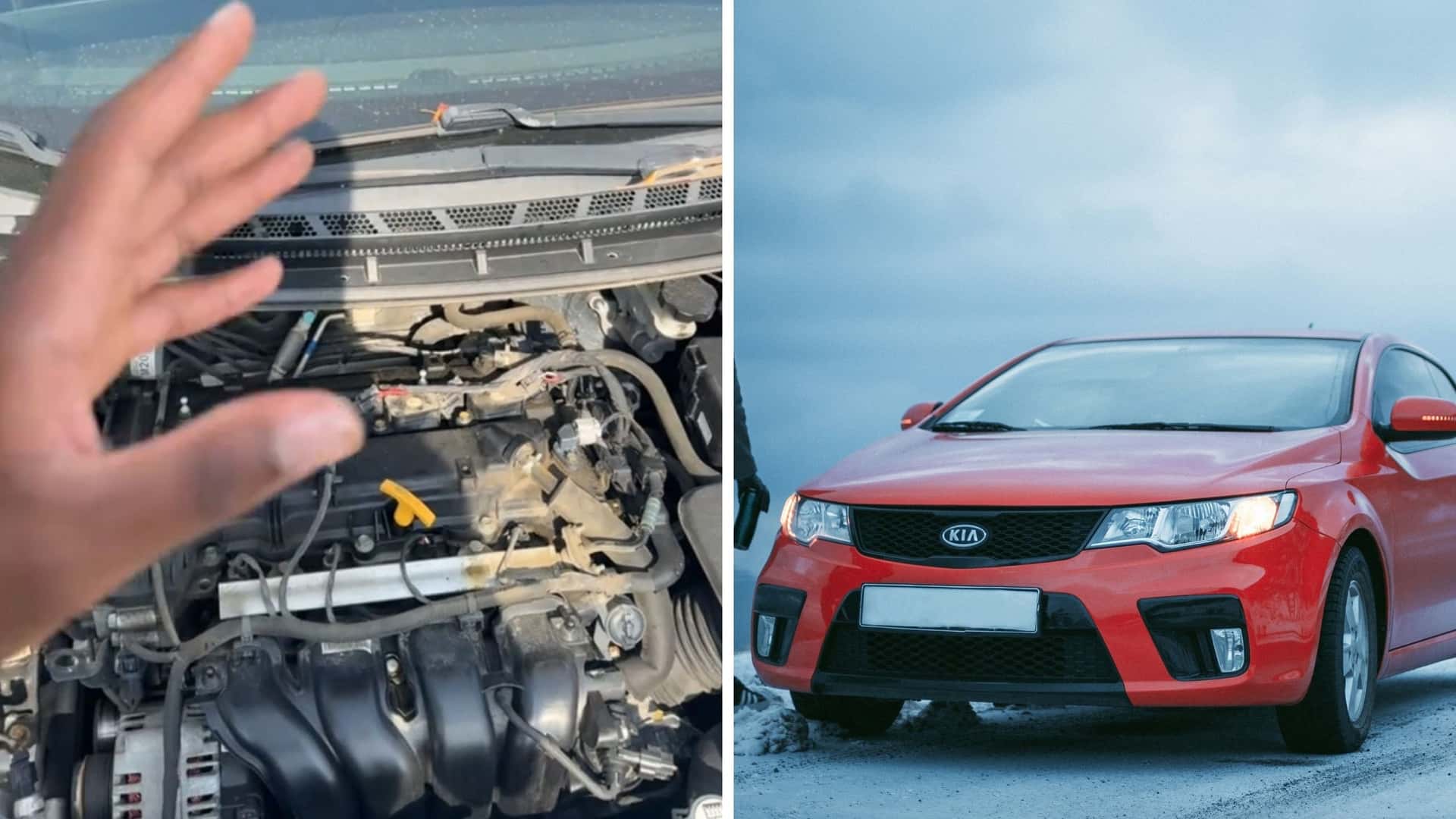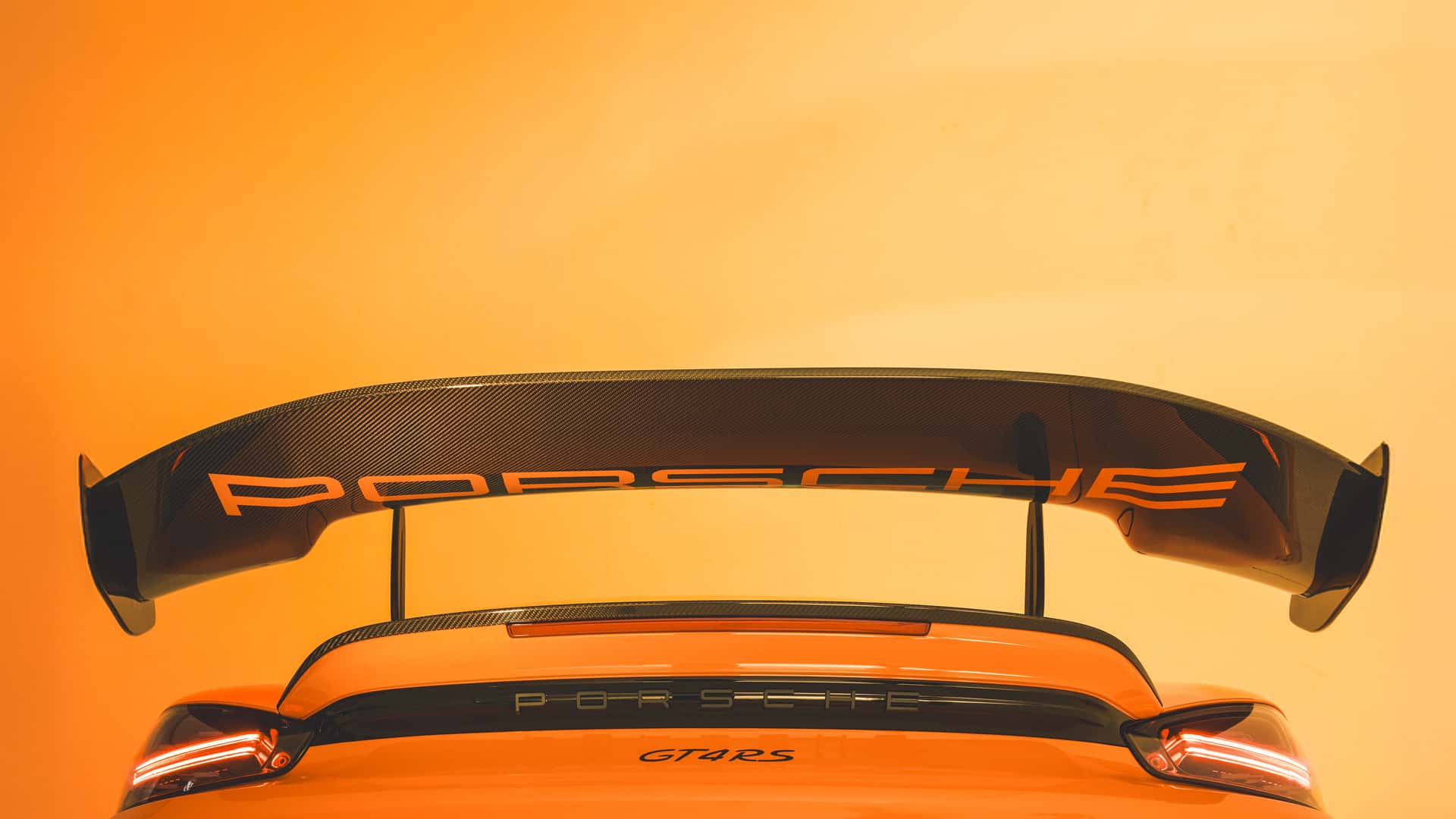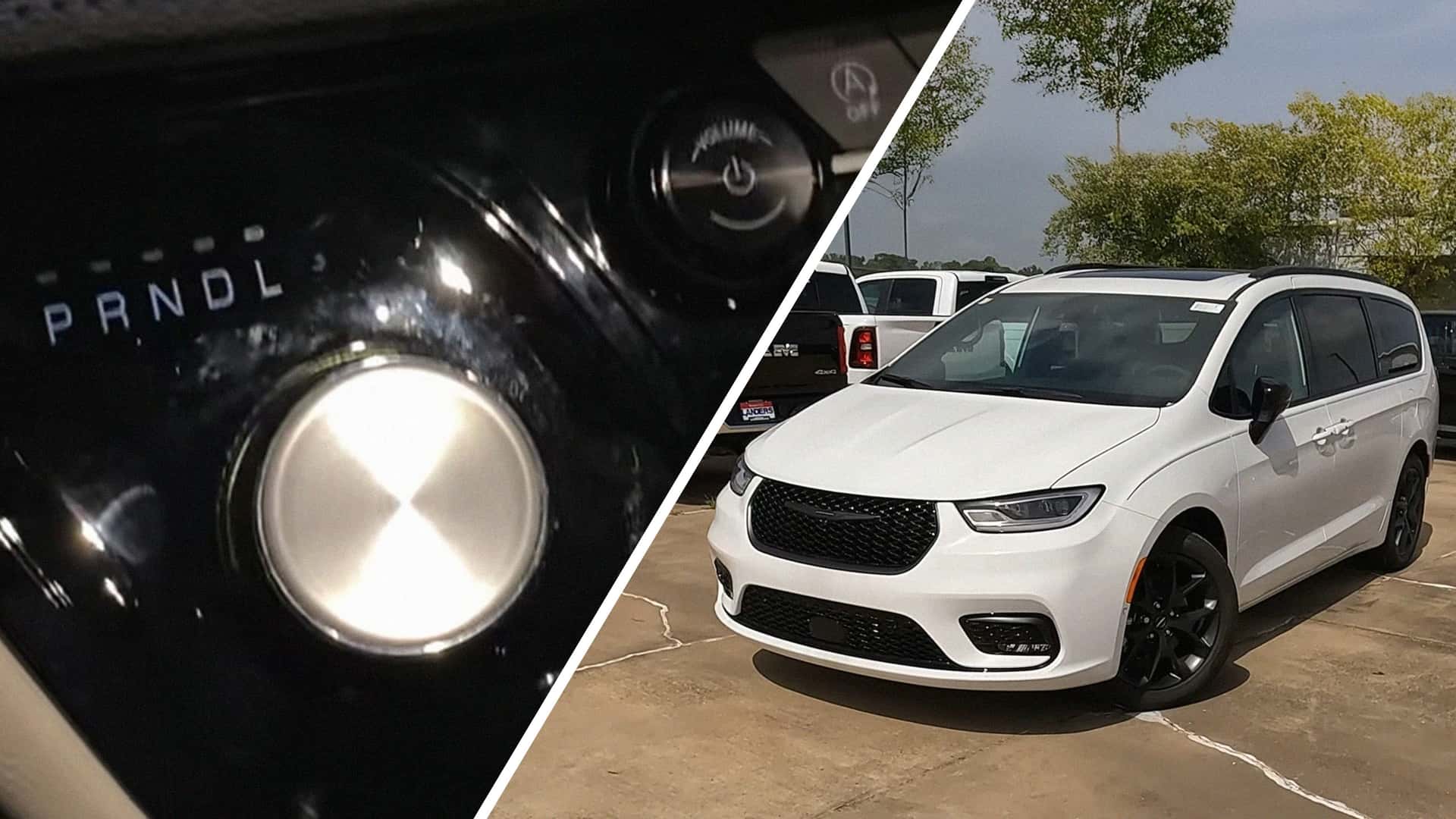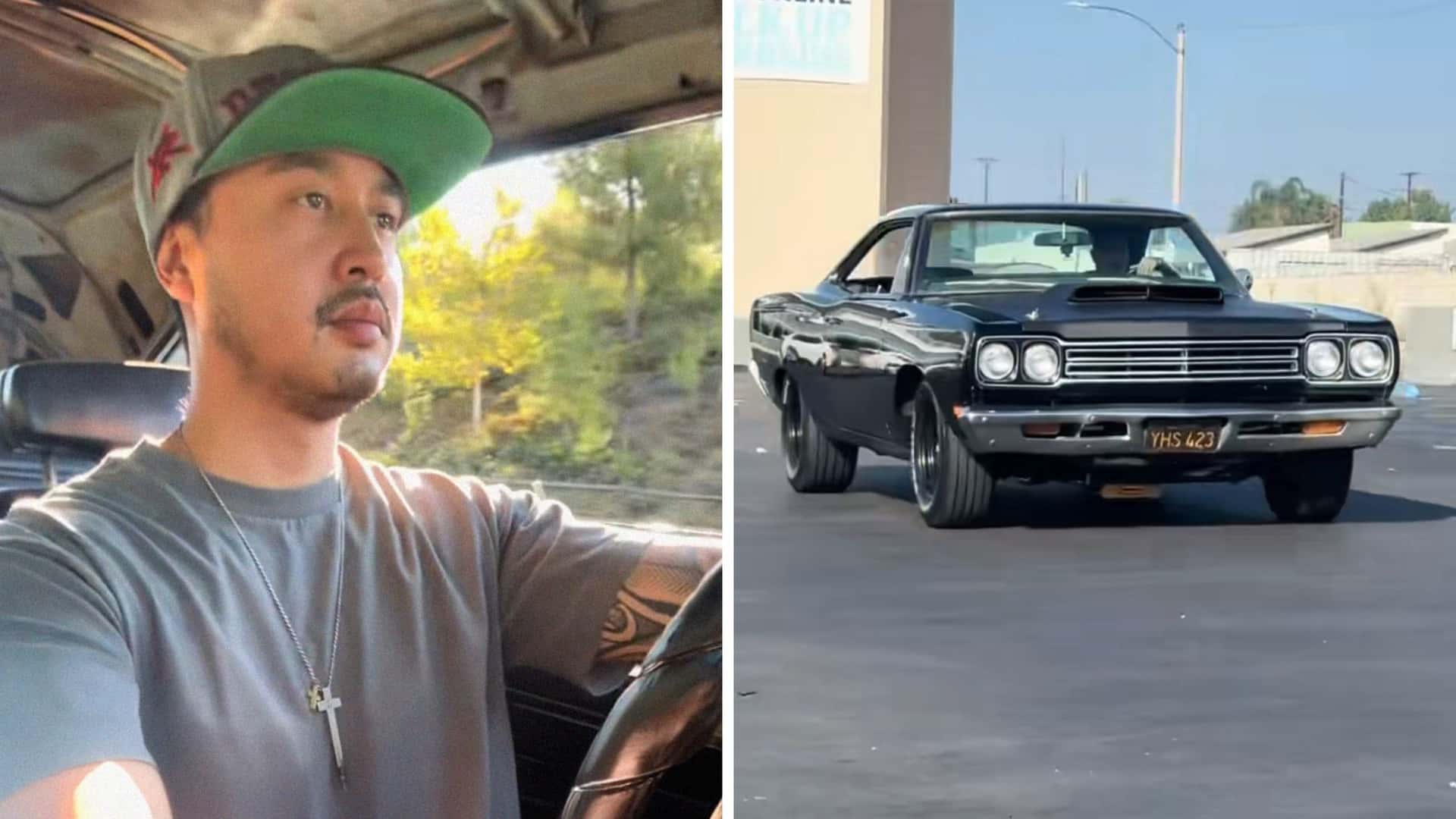These Malaise-Era Mopars Showcase The Tenacity Of Chrysler
Being a fan of Mopar products is one thing unto itself. Muscle car types have plenty to be proud of. The Ram trucks have been a solid bastion of the workhorse type for decades. And the Viper is exactly what it is, a sports car that suffers no fools. But for every good turn, there’s another when it comes to Chrysler. It must be said that the time period from the moment Lynn Townsend pulled his golden parachute nine years earlier than expected and left John Riccardo and Eugene Cafiero to battle it out (reportedly, literally) to the moment that the phrase “DaimlerChrysler” was uttered was tumultuous and that the cars represent both the good and bad sides of a company that has produced through feast and famine.
That being said, the story of Chrysler’s recovery in the 1980s is well-known, and the vehicles chosen to represent the solid efforts that the company made to retaining buyers and relevancy when many expected Ma Mopar to take a dirt nap. From attempts to keep that sporting feeling alive to the an early form of what became the sport-compact movement and then some, Chrysler not only survived, but thrived during this time.
1975 Chrysler New Yorker Brougham

These Malaise-Era Mopars Showcase The Tenacity Of Chrysler
The old guard only had a few years left. While many people could point to the Dodge Aspen/Plymouth Volaré twins as the reason for Chrysler’s dire situation in the late 1970s, reality was that the big C-bodies shouldered more of the blame. Revised for 1973, just in time for a fuel crisis, big barges like the Chrysler New Yorker were out of style with buyers who were waiting in lines for a few gallons of gas. It isn’t difficult to understand why Chrysler had issues selling these behemoths. 1975 would be the last year for Imperial (at least, until 1981’s resurgence) as a result, but the New Yorker would soldier on until 1978.
With hindsight being 20/20, the full-size line was where a lot of Chrysler’s energy was focused, so if taken care of, cars like this New Yorker Brougham two-door held up well. Ask anybody who has ever seen one take on all comers in a demolition derby. Luckily, this menacing black-and-chrome example has seen a more cherished life. The parts list checks out like a muscle car’s: 440-cu.in. big-block, 727 automatic transmission, Dana 70 rear axle. And the Cragar S/S wheels are a nice touch. But the best place to enjoy a 1970s New Yorker is behind the wheel, sunk into that leather sofa Chrysler called a front seat.
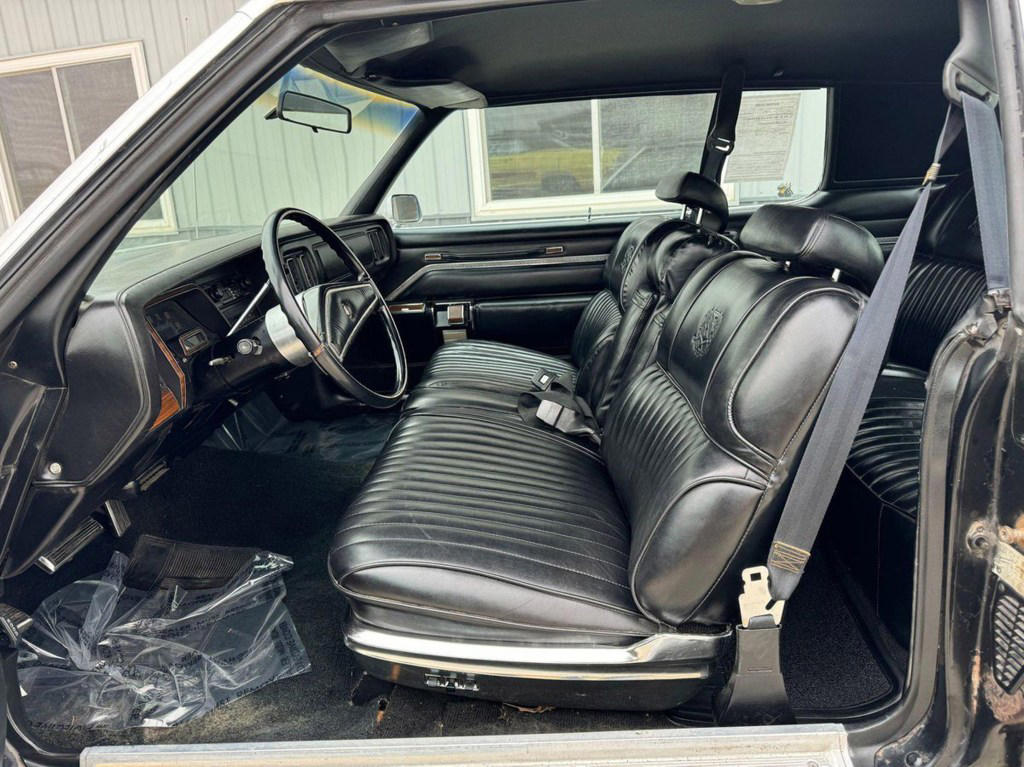
1977 DOdge B200 Tradesman SWB
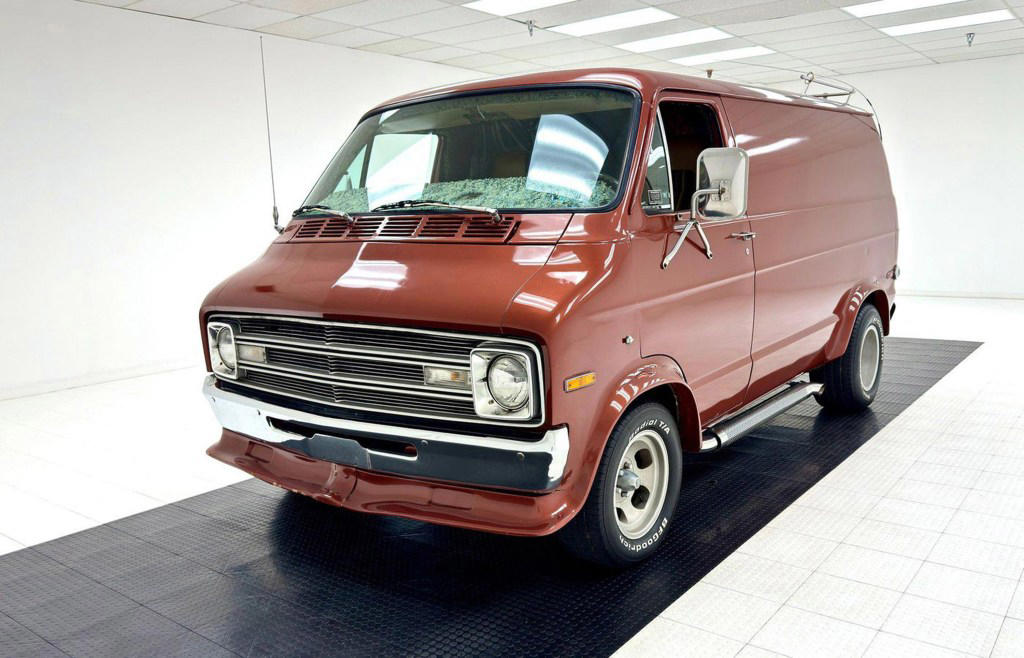
Whoever decided to use the term “Adult Toys” to describe Dodge’s line of vehicles aimed directly at the enthusiast market, especially the truck and van markets, had to have left that meeting snickering to themselves as quietly as they could. But the vehicles themselves were solid choices: the “Macho” Power Wagon, the Warlock, the Four by Four, and the StreetVan added that bit of visual pop to the otherwise plain W-series, D-series, Ramcharger and Dodge B-series van. Suggestive? Oh, you’d better believe it.
Part of the fun of the Adult Toys line was that a lot of the early customization was done for you by Dodge, but that didn’t mean there wasn’t anything left to do. With the vanning craze in full swing, what you chose to do with your ride was limited only by your imagination, skill, and wallet capacity. When this 1977 B200 Tradesman was deemed finished back in the day, there was no way to ignore it. The flared effects, the side pipes and slot mags…and just wait until you see the interior. Some of you might be having flashbacks to a time you won’t tell the young’uns about… ever. The van has wear, and some spots that need attention, but the only way this Tradesman could be any more ideal would involve an airbrushed mural on both sides. And maybe a porthole window.

1979 Dodge Magnum GT

The Magnum fills a strange spot in Chrysler’s performance history. When the B-body Charger was redesigned for 1975, it was done so essentially as an afterthought. The Chrysler Cordoba was the star, and the sales figures of the time represented as much; the Cordoba outsold the Charger nearly five-to-one. The problem to the buying public was simple, summed up by a quote Burton Bouwkamp, a high-level Chrysler engineer and product planner, from a Charger owner who attended a consumer research study: “I see the nameplate on the car, but that is not a Charger!”
Chrysler had another problem with the Charger: Richard Petty. Convinced that the 1975 Charger had all the aerodynamic efficiency of a barn door, he had convinced NASCAR to let him run the 1974 body through 1978. That left Dodge scrambling to whip up anything to help keep The King on their side. The Magnum was the answer. For the most part, it was the same B-body two-door as the Charger, but the new, rounded and sloped nose was supposed to help the need for speed. For the street-going Magnums, there were two trims, XE (more luxury-oriented) and GT (performance-oriented). This 37,000-mile Magnum GT is a one-owner, 318-powered example with T-tops and in addition to the GT-specific wheel flares, you have the six-port Super Coupe-style wheels.

1979 Dodge Magnum

Now, for something completely different. While it does wear the Magnum nameplate, to Chrysler aficionados, there is no doubt that the base of this car is a later-model Dodge A-body. Built in a former Simca plant in São Paulo, Brazil, the A-body Magnum featured a body mainly based on the 1968 Dart (note the vent windows in the doors), the more modern Dart tail treatment, and a unique fiberglass nose treatment with quad headlights.
Fitted with the stalwart 318-cu.in. V-8 and a four-speed manual transmission, this Magnum features a 29.7-gallon fuel tank, nearly double the capacity of an American-built Dart. Which means that the range you can cruise this rarely seen South American import will be highly impressive. This is one of the last Chrysler do Brasil-built Mopars, as Volkswagen do Brasil took over operations in 1980. Don’t worry about having to import it, either; this Magnum is currently in Florida.

1985 Dodge D150 Royal SE

Introduced in 1972 and refreshed for 1981, the D/W-series pickups seemed to have the same formula that GM and Ford were enjoying in the 1970s and 1980s: they had hit a sweet spot between workhorse and car, and buyers agreed. The Ram trucks were one of the few products to remain standing after Chrysler’s bailout more-or-less unscathed. Dodge believed that truck customers wanted reliability and durability. While the shape was familiar (and starting to push from “aged” to “ancient” in automotive design time), buying a D-series was buying into familiar territory. You knew what Dodge was offering and you either wanted it or didn’t – just like GM, just like Ford.
One of the most striking colors for 1980s Dodge trucks is Graphic Red. On this well-optioned and cared for 84,000-mile Royal SE short box, that eye-searing paint with white wagon-spoke wheels is a winning combination. If you’re a Chrysler fan who believes that trucks will be the way to go in the future, you’d be hard-pressed to find a better example.

1987 Dodge Shelby Charger
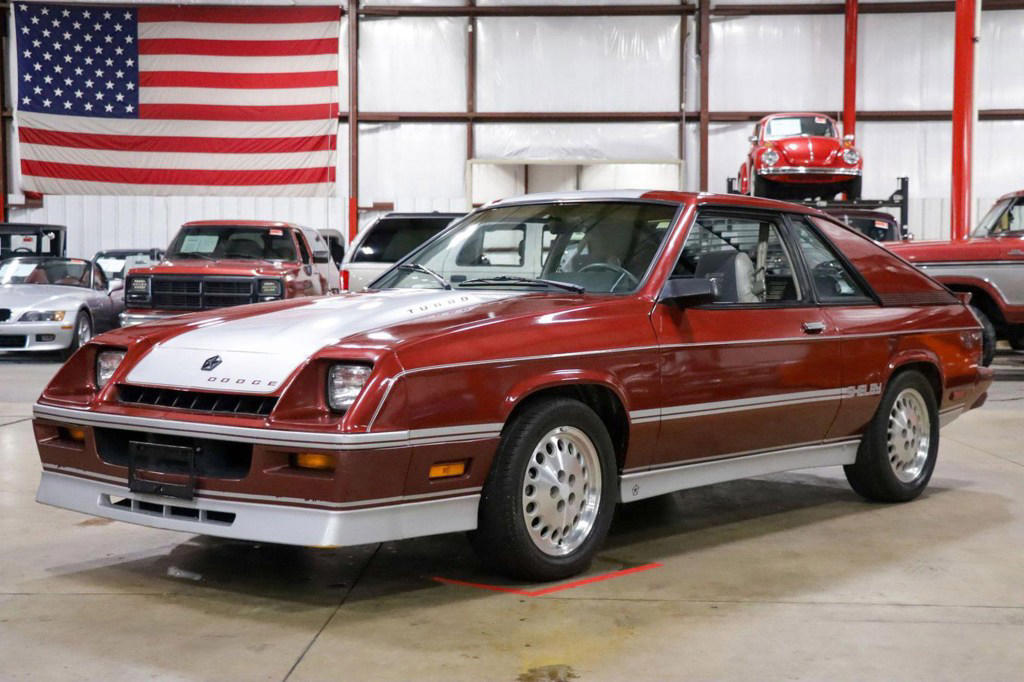
For Charger enthusiasts, if it wasn’t made between 1966 and 1974, abuse is imminent. The 2005-2024 Charger had too many doors. The 1975-78 Charger and it’s Magnum alter-ego were disco pretenders. But when the subject of the front-wheel-drive L-body comes up, the mood gets incredibly worse. You can shove a big-block into a 1970s Charger. The late-models had the power and handling and comforts to make up for those two doors. But just what redeeming quality could possibly be found in a front-wheel drive L-body chassis hatchback? Was “Omni 024” not special enough for you?
Enter Carroll Shelby. Yeah, him. Mr. Cobra. The Chicken Farmer. You see, Ol’ Shel and Lee Iacocca had a business relationship that dated back to the days when Henry Ford II was enjoying watching his GT40s serve Enzo Ferrari humility fresh on a silver platter, and when Lido pulled Chrysler back from the brink, he wanted some of that magic to put the exclamation point on “We’re back, baby!” Instead of brushing up a Diplomat two-door (or importing the Mexican-market Dodge Magnum) or a wild pickup (not that Shelby didn’t try), he got the Charger 2.2… and boy, did Shelby do a number on it. Between the turbocharged 2.2-liter four, the short-ratio five-speed manual, the intercooler, the suspension tweaks and more, the Shelby Charger was the featherweight who made the heavyweights very nervous.
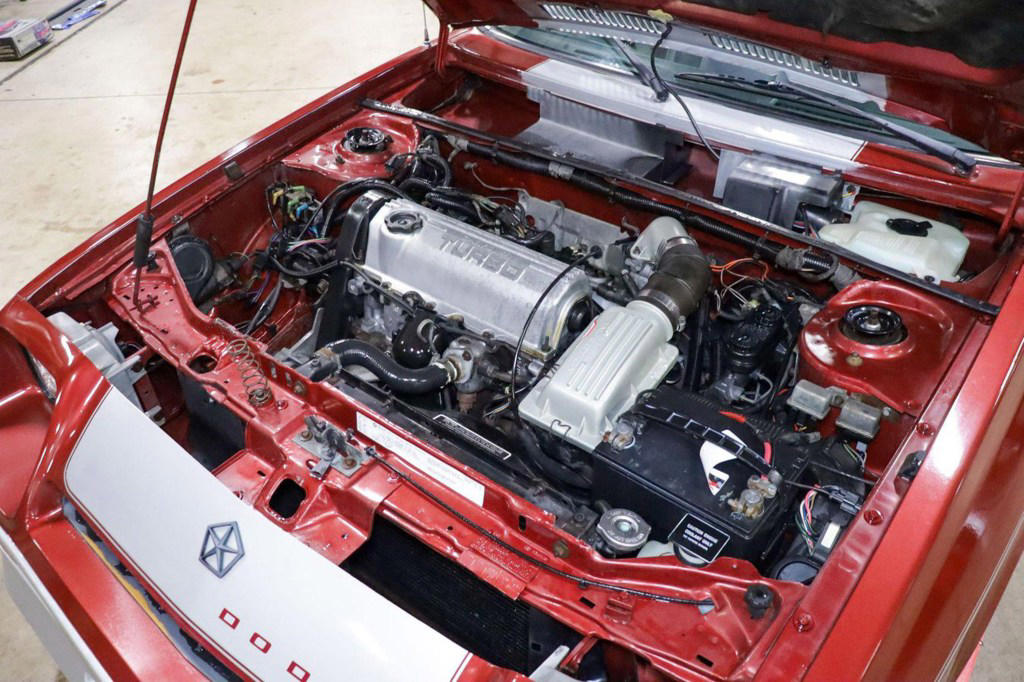
1995 Dodge Viper RT/10

If there were any lingering doubts about Chrysler’s ability to surprise, the unveiling of the Viper concept in 1989 shut them down, and when the production version bowed for 1992, those doubts were buried in an unmarked grave. The sheer cojones required to bring a two-seat roadster that looked like a modern Shelby Cobra to market after a decade of K-car derivatives, minivans and cop cars cannot be understated. Yes, parts were liberated from the Dodge Dakota. Yes, they roped in Lamborghini (then a Chrysler subsidiary) to help turn the V-10 truck engine into something magical. But the sheer visual impact of the Viper was something else entirely. The Ferrari Testarossa and Lamborghini Diablo were instantly outdated. It had side pipes, for crying out loud.
You want to raise the eyebrows of your neighbor? You want the neighborhood brat to stand at the edge of your driveway, slack-jawed in amazement? This 1995 RT/10 Roadster is just the ticket. This yellow-and-tan Viper recently underwent a heavy maintenance program, including air conditioning work, new head gaskets and seals for the 8.0-liter V-10, fluid flushes and even new speakers. Pampering isn’t in the cards, but if you’re looking for a thrill you’ll struggle to do better for the price.















